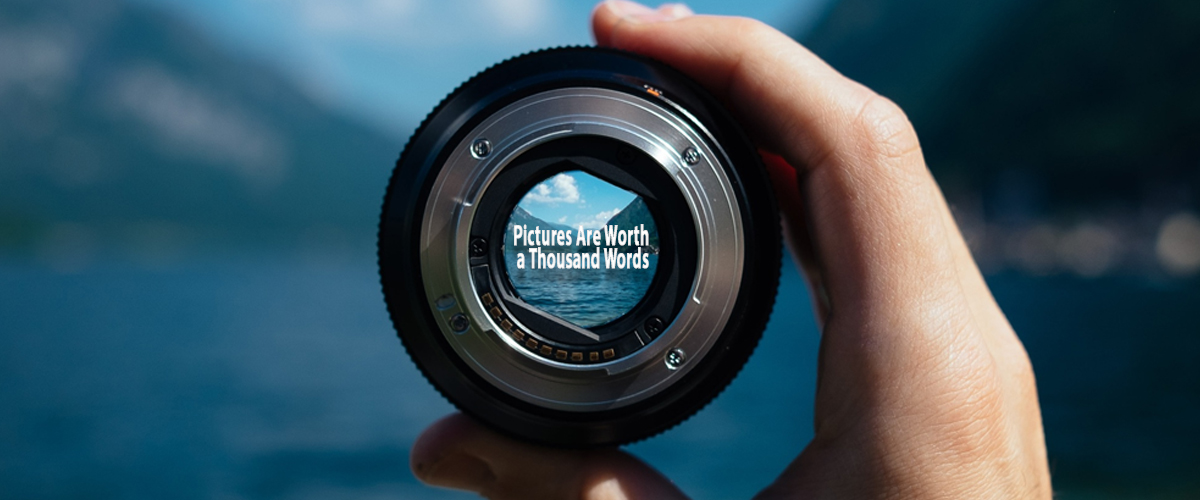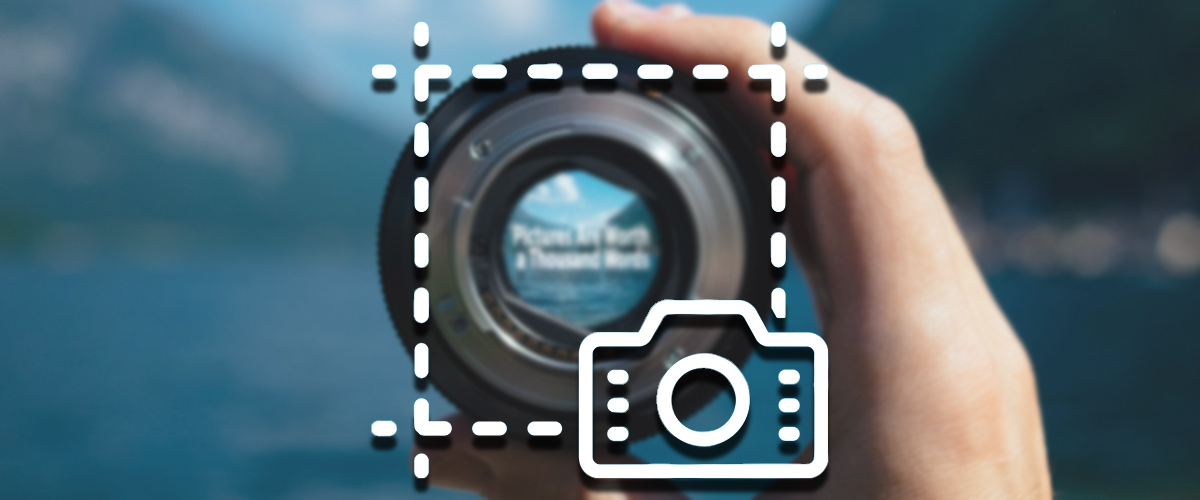If you are a blogger or write for an online publication, you may frequently meet the question: do I need to incorporate images in my articles? And the answer is “yes”. Images will enhance the visual appeal of your post and also help with its SEO. So, how do you optimize an image for SEO? Let’s go over the next steps!
When optimizing an image, strive to minimize the download size to a minimum by utilizing an appropriate image compression program. A well-optimized image should include a proper name and description (alt text), ensuring that it is likewise search engine optimized.
Use images in online articles
When incorporated after some study, photos will assist readers grasp your post better. “A picture is worth a thousand words. “This may not be true for Google, but showing your topic with a chart will make it far more enticing than writing 1000 words about it.
And here’s some basic advice: include images in every piece you publish online. Your articles will become more engaging.

How to find and edit the right images
If you have the opportunity to add your own image to the article, do so. Your group’s page will require your group’s photo, not someone else’s.
The image for your article must be relevant to the content. If you’re employing photos solely to achieve a green check mark in SEO, you’re doing something wrong. Images must represent the topic of the article or serve an illustrative purpose within the text.
There’s a simple rationale for this in SEO: an image accompanied by related content will rank higher for the keywords for which it was optimized.

Alternative to images from 3rd party links
If you are unable to use your own photographs, search for distinctive images from online photo stock sites. Examples include Flickr. com and freeimages. com (previously sxc. hu).
Graphs, charts, and other types of illustrations could be used instead of photographs. It’s also crucial to pay attention to GIF animations, which are growing increasingly popular.
However, don’t go overboard with GIF graphics. People will be too distracted by the movement of the image to read the content of your article.

Prepare images to include in your article
Once you’ve found the perfect image, optimize it for use on your site. There are various things to pay attention to.
Choose a suitable image name
IMage SEO begins with a suitable name. Of course, this is the first time we will use keywords. You’ll want Google to understand what the image is about even without seeing it. Very simple: if your image is a photo of the Turtle Tower in the center of Hoan Kiem Lake, its name should be “thap-rua-ho-guom. jpg”, not “DCIM1369. jpg”. The main keyword is Hoan Kiem Lake, which is the photo’s main focus, so we need to include it right in the name.
Image size
Image loading time is critical for both UX and SEO. The easier a website loads, the more easily it can be viewed and indexed. Uploading large images and displaying them in small frames, such as 250×150 pixels, can significantly effect website load times. Because the remainder of the image still has to be loaded. Shrink the image to the desired display size. WordPress enables this by providing several picture sizes after they have been uploaded. Unfortunately, this does not optimize photos; it only adjusts their size.
Use custom images (responsive images)
This is really important for SEO. Images might degrade the mobile experience and raise bounce rates. The RICG Responsive Images For WordPress plugin may let you create bespoke images. This plugin will add hidden characteristics to your photos to help them display properly on a variety of screen ratios. Note that WordPress does this automatically starting with version 4. 4, therefore users must update the RICG plugin on a regular basis to the latest version.
Reduce photo size
The following stage in image SEO is to ensure that the downsized image is as tiny as feasible in file size. There are tools for doing this. Of course, you may just export the image and experiment with the quality levels you are willing to tolerate, but it is preferable to be able to use the entire image’s quality.
Optimize image size using tools
You can reduce image size by filtering out EXIF data. However, using programs such as ImageOptim, JPEGMini, PunyPNG, or Kraken. io is preferable.
After utilizing one of the tools listed above, use the YSlow tool to evaluate if your photos have been optimized.
Insert the image in the appropriate location on your article
Don’t just place your photograph in any random location. Position it alongside the most relevant content. This will be really helpful.
Caption
Captions are the text that appears beside the image. Why is this content so vital for SEO? People will utilize it to skim the article. Aside from the titles, users frequently look at the photographs and related subtitles. In a 1997 paper, Nielsen noted, “Elements that facilitate skimming include headlines, large text, bold text, highlighted content, bulleted content, graphs, illustrations, captions, topic sentences, and table of contents.” In 2012, KissMetric made the following statement: “Captions with images are read an average of 300% more than the main content, so not using captions, or providing inappropriate captions, means with the loss of the opportunity to reach a large number of potential readers. ”
Do we need to include subtitles with all images? Unnecessary. Having saying that, some photos just serve another purpose. Decide whether the image you have is suitable for SEO. Add captions if you believe your audience will require them. Aim for your audience first; don’t include captions solely for SEO.
Alt text and title
When an image cannot be displayed for some reason, alt text (or alt tag) is used to provide an explanation to the viewer. Wikipedia defines this issue very clearly: “In cases where an image cannot be displayed to the viewer, whether because they have turned off the image display feature on their web browser or because they are using a reader due to visual impairment, alternative text will ensure that no information or functionality is lost. “Remember to include alternative text. Make sure the alt text includes on-page SEO keywords and is relevant to/describes the image.


